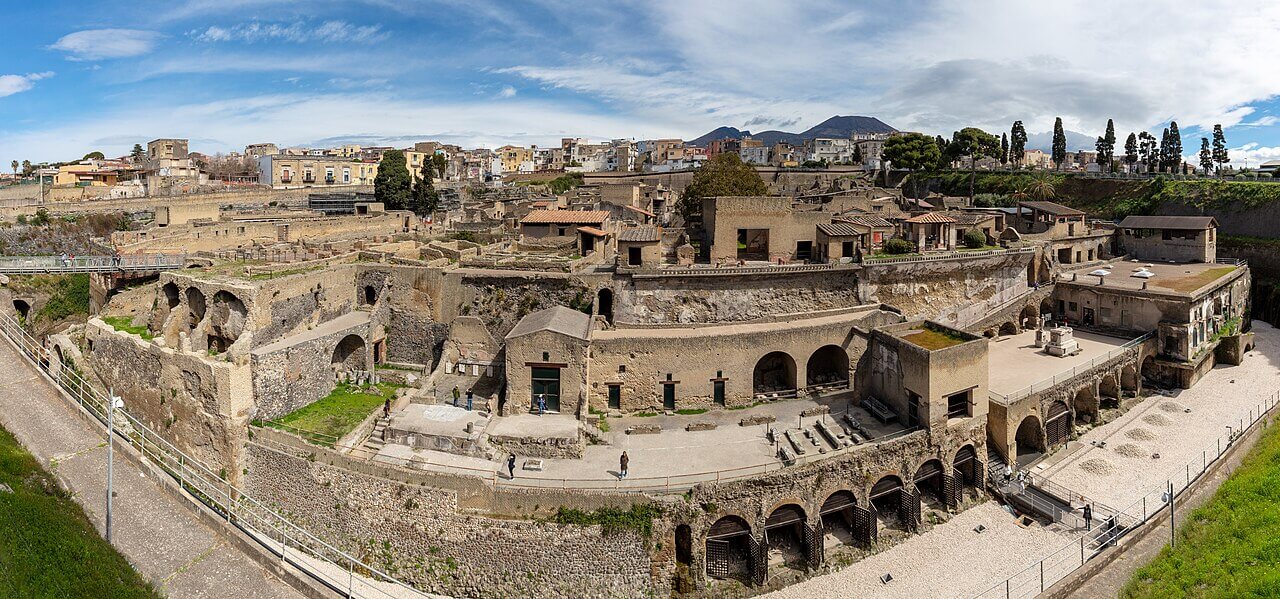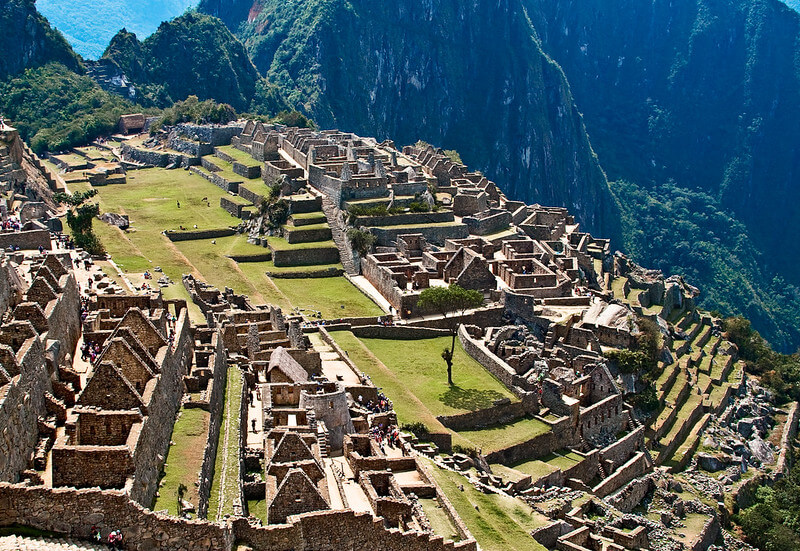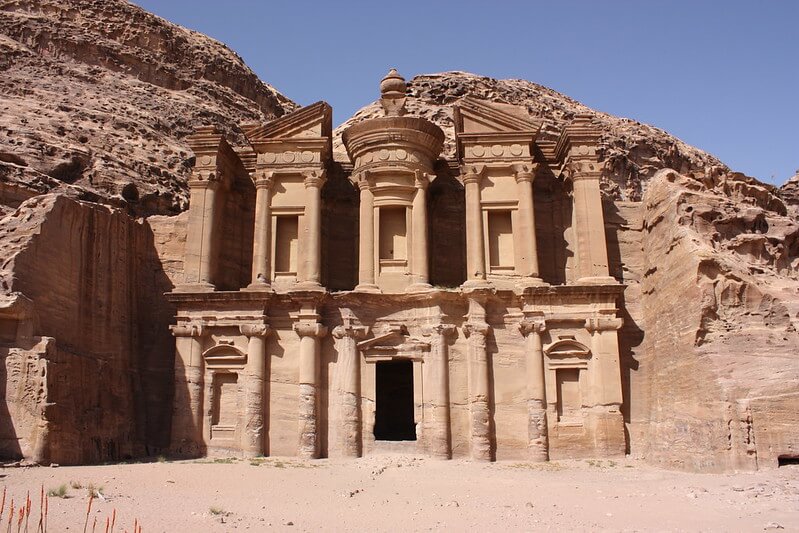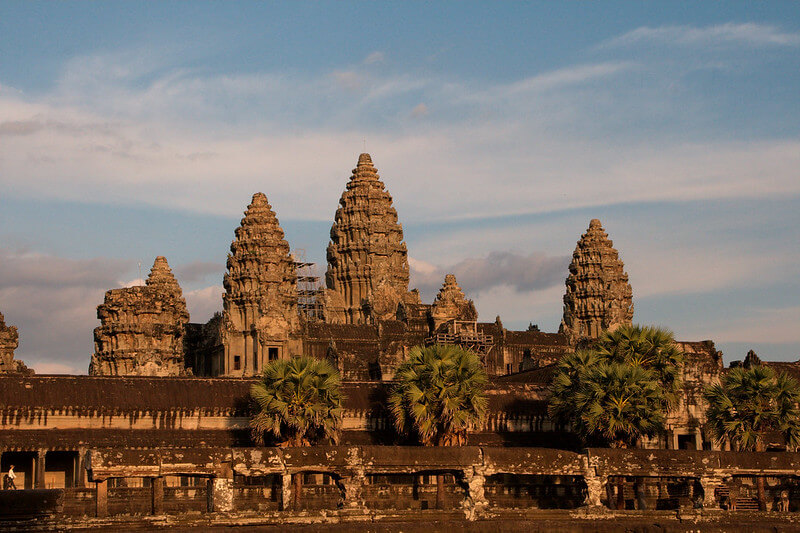Famous Discoveries
The uncovering of lost cities and civilizations has always been a cornerstone of archaeological study, providing invaluable insights into the lives, cultures, and histories of ancient peoples. From cities preserved under layers of ash to hidden temples swallowed by the jungle, these discoveries have captivated the imagination of the public and scholars alike.
Pompeii and Herculaneum: Preserved under volcanic ash from Mount Vesuvius
In AD 79, the cities of Pompeii and Herculaneum were buried under meters of ash and pumice following the catastrophic eruption of Mount Vesuvius. Lost to the world and preserved under volcanic debris, these cities were accidentally rediscovered in the 16th century, with systematic excavations beginning in the 18th century. The ash that smothered life in these cities also preserved them, offering a snapshot of Roman life frozen in time. From frescoed walls and intricate mosaics to the haunting casts of victims, Pompeii and Herculaneum provide unparalleled insights into the daily lives, culture, and architecture of the ancient Roman world [2].

Machu Picchu: The hidden Inca city discovered in the early 20th century
Machu Picchu, a symbol of the Incan Empire’s hidden wonders, was brought to global attention by Hiram Bingham in 1911. Perched high in the Andes Mountains of Peru, this well-preserved site escaped the notice of Spanish conquistadors, lying forgotten except by locals until its rediscovery. Machu Picchu stands as a testament to Incan architectural ingenuity, with its terraced fields, polished stone structures, and panoramic views. Its purpose remains a topic of scholarly debate, with theories ranging from a royal estate to a religious sanctuary [3].

Petra: The ancient Nabatean city carved into the rock in modern-day Jordan
Petra, once a thriving trading hub of the Nabatean civilization, is renowned for its rock-cut architecture and water conduit system. Rediscovered in 1812 by Swiss explorer Johann Ludwig Burckhardt, it has fascinated archaeologists and the public ever since. The city’s most iconic structure, Al-Khazneh (The Treasury), exemplifies the advanced engineering and artistic achievements of the Nabateans. Petra’s extensive ruins, including tombs, temples, and an amphitheater, offer insights into the ingenious methods used by the Nabateans to harness water in the desert, contributing to our understanding of ancient desert civilizations [4].

Angkor Wat: The sprawling temple complex rediscovered in the Cambodian jungle
Angkor Wat, the jewel of the Khmer Empire, was never truly lost to the Cambodian people but was brought to international attention in the 19th century by French explorers. The temple complex, originally constructed as a Hindu temple dedicated to the god Vishnu, transitioned into a Buddhist temple over time. Its architectural grandeur and extensive bas-reliefs narrating Hindu mythology and historical events make it a masterpiece of Khmer architecture. Angkor Wat is part of a larger complex that includes hundreds of temples, the most famous being Bayon and Ta Prohm, offering profound insights into the spiritual and social life of the Khmer Empire.

These discoveries, each unique in its context and history, continue to inspire and challenge our understanding of human civilization. They serve not only as windows into the past but also as reminders of the cultural richness and diversity that have shaped our shared heritage.
Technologies Unveiling the Past
Innovative technologies like satellite imagery, LIDAR, and ground-penetrating radar are transforming archaeology, uncovering lost cities hidden by time and nature. These tools, along with underwater archaeology, offer non-invasive methods to explore ancient civilizations, revealing vast networks, buried structures, and submerged cities. This technological revolution in archaeology sheds new light on human history, preserving our heritage for future exploration and understanding.
Satellite Imagery and LIDAR Technology in Uncovering Lost Cities
The advent of satellite imagery and Light Detection and Ranging (LIDAR) technology has revolutionized the search for lost cities, offering a bird’s-eye view of the Earth’s surface that reveals secrets hidden for millennia. LIDAR, in particular, has the unique ability to penetrate dense vegetation, providing archaeologists with detailed 3D images of the ground beneath forests and jungles. This technology was instrumental in mapping the vast city complexes of the Maya civilization in Central America, uncovering a sprawling network of cities, roads, and agricultural terraces that reshaped our understanding of Maya society. Similarly, satellite imagery has led to the discovery of ancient settlements in the deserts of Egypt and the steppes of Mongolia, proving that vast empires once thrived in what are now desolate landscapes.
Ground-Penetrating Radar and Its Role in Archaeology
Ground-penetrating radar (GPR) has emerged as another invaluable tool in the archaeologist’s toolkit, allowing for non-invasive exploration of archaeological sites. By emitting radio waves into the ground and analyzing the signals that bounce back, GPR can identify buried structures, voids, and artifacts. This technology has enabled archaeologists to map out buried Roman cities in Europe, ancient trade routes in the Middle East, and even hidden chambers within the Great Pyramid of Giza. GPR’s ability to provide a glimpse beneath the surface without disturbing the site is crucial for preserving archaeological integrity while still advancing our knowledge of the past.
The Impact of Underwater Archaeology in Discovering Submerged Cities
Underwater archaeology has opened up a new frontier in the quest to uncover lost cities. With vast portions of human history submerged due to rising sea levels and natural disasters, underwater exploration has become essential. The use of submersibles, sonar mapping, and diver-operated surveys has led to the discovery of submerged cities like Thonis-Heracleion off the coast of Egypt and the ancient trade center of Pavlopetri in Greece. These discoveries not only provide insights into the maritime trade networks and cultural exchanges of ancient civilizations but also highlight the impact of environmental changes on human societies. Underwater archaeology challenges our perceptions of the past, revealing that what now lies beneath the waves was once at the heart of human activity.
The integration of technology in archaeology has fundamentally changed the way we discover and understand lost cities. From the jungles of Central America to the depths of the Mediterranean, innovative technologies like LIDAR, GPR, and underwater archaeology equipment are peeling back the layers of history. These tools not only expedite the discovery process but also ensure that our exploration of the past is more comprehensive and less intrusive. As technology continues to evolve, it promises to unveil even more about our shared human heritage, inspiring future generations of archaeologists to continue the quest for lost cities [5].
Conclusion
The enduring allure of lost cities captivates our imagination, summoning visions of a past that is both mysterious and profound. These ancient metropolises, buried by time, sand, or jungle, hold the keys to understanding the zeniths of human achievement and the inevitabilities of decline. Their discovery is a reminder of our shared heritage, a bridge connecting us to the people who shaped the foundations of our world. As we uncover the layers of history, we are not merely excavating stones and artifacts; we are resurrecting the stories, dreams, and lives of those who came before us.
The quest for lost cities is more than an adventure—it’s a testament to human curiosity and our innate desire to connect with our ancestors. It underscores the necessity of exploration, not only for the thrill of discovery but for the lessons these ancient sites teach us about resilience, innovation, and the cyclical nature of civilizations.
Moreover, as guardians of the planet and its history, we have a duty to preserve these monumental achievements. Protecting them ensures that future generations can learn from and be inspired by the past, continuing the legacy of exploration and discovery. The mysteries of lost cities, and the histories they hold, are invaluable treasures of humanity, deserving of our utmost respect and preservation.
References
- B.Curran (2009). Lost Lands, Forgotten Realms: Sunken Continents, Vanished Cities, and the Kingdoms that History Misplaced.
- C.Amery, B. Curran (2002). The lost world of Pompeii.
- K.B Maxwell (2004). Lost cities and exotic cows: Constructing the space of nature and culture in the Machu Picchu Historic Sanctuary, Peru.
- B.Haughton (2006). Hidden history: Lost civilizations, secret knowledge, and ancient mysteries.
- A.Osman (2014). The Lost City of the Exodus: The Archaeological Evidence behind the Journey Out of Egypt.
- R.S Simbolon, A.Comer (2023). Unveiling the Past: LiDAR Technology’s Role in Discovering Hidden Archaeological Sites.
- A.Newitz (2021). Four lost cities: a secret history of the urban age.
- Images Credit: Wikipedia and Flickr.






